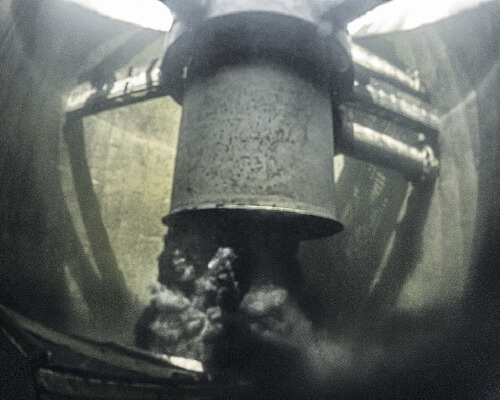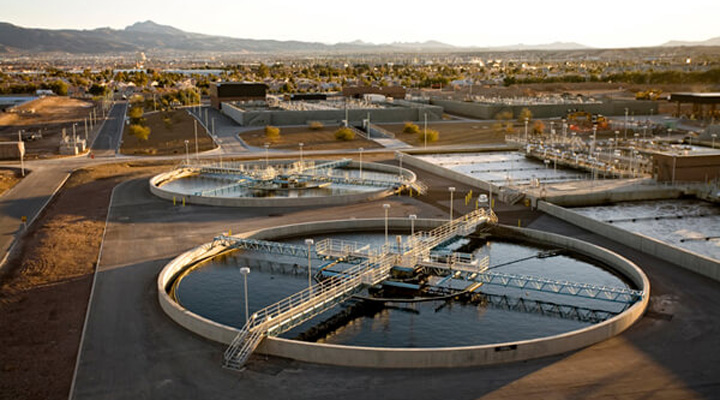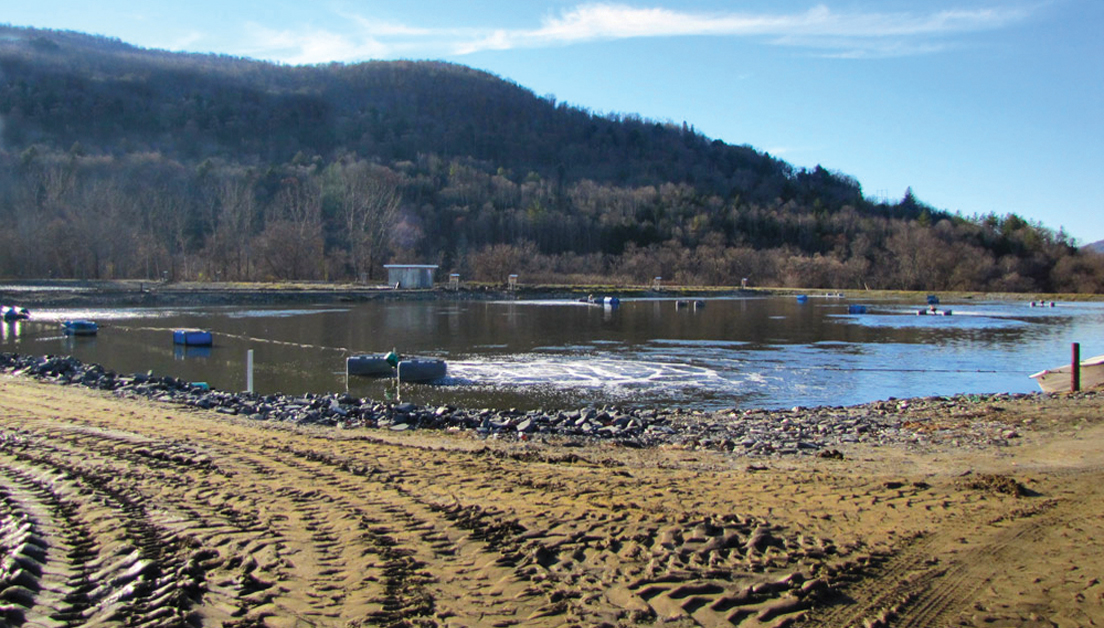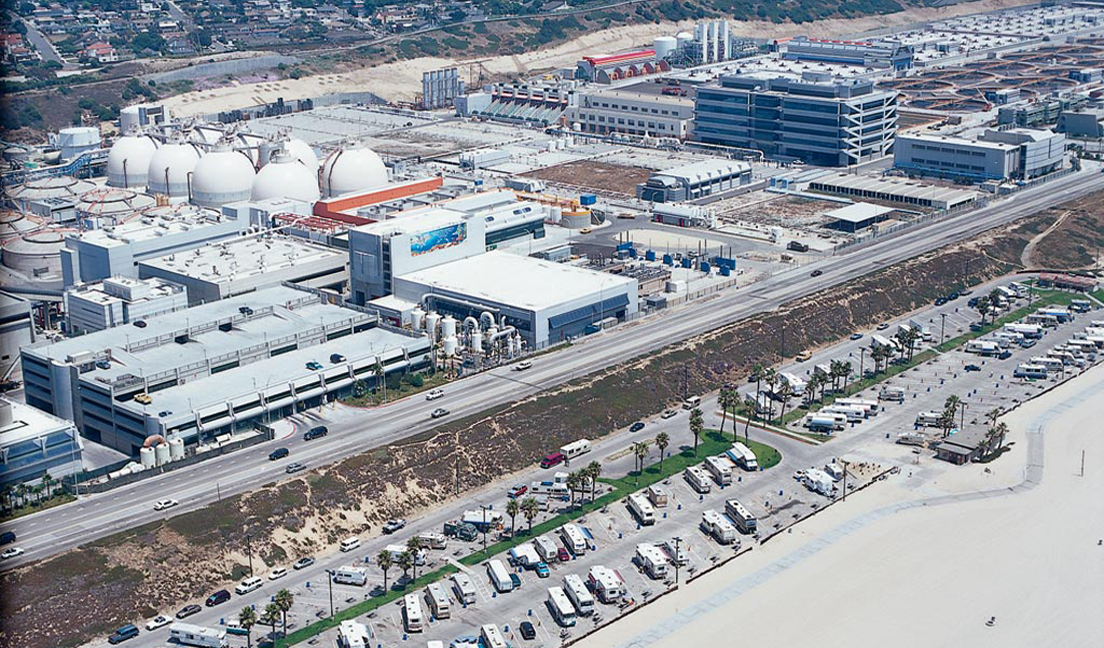Clarification is an essential step in a water or wastewater treatment process to remove suspended solids through gravity settling, providing a clarified liquid effluent. First, understanding primary and secondary clarification is needed to determine the appropriate technology to meet treatment requirements.
What is Primary and Secondary Clarification?
Primary and secondary clarifiers are separate but an integral part of every conventional wastewater treatment plant. Primary clarifiers are located downstream of the plant’s screening and grit chambers to separate settleable solids from the raw wastewater influent, while secondary clarifiers are constructed downstream of the biological treatment or activated sludge facility to separate the treated wastewater from the biological mass used for treatment. These two clarification processes have similar design configuration and utilize gravity for separation of solids from feed water entering the clarifiers.
Primary Clarification
Primary clarification, also known as sedimentation, is the first step in the water treatment process for removing suspended solids (TSS), oil and grease. During this step, solids floating at the surface and other large particles from the water or wastewater flow are removed before biological treatment. Sludge is settled to the bottom of the clarifier basins and collected by a rake and removed by a sludge removal system. Meanwhile, oil and grease float to the surface and is skimmed off. A typical primary clarifier removes 60 percent of suspended solids and 30 to 40 percent of Biological Oxygen Demand (BOD).
Secondary Clarification
Secondary clarification follows the biological treatment process with the main goal of returning activated sludge. During the secondary clarification process the biomass from microorganisms settles to the bottom in the form of activated sludge. After settling over a period of time, the biomass of microorganisms is returned to the aeration tank with the cycle repeating until the effluent is clean before sent for filtration and/or disinfection. Waste sludge is removed and thickened prior to the digestion process.
Water clarification is used in the pre-treatment of drinking water and treatment of municipal wastewater effluent
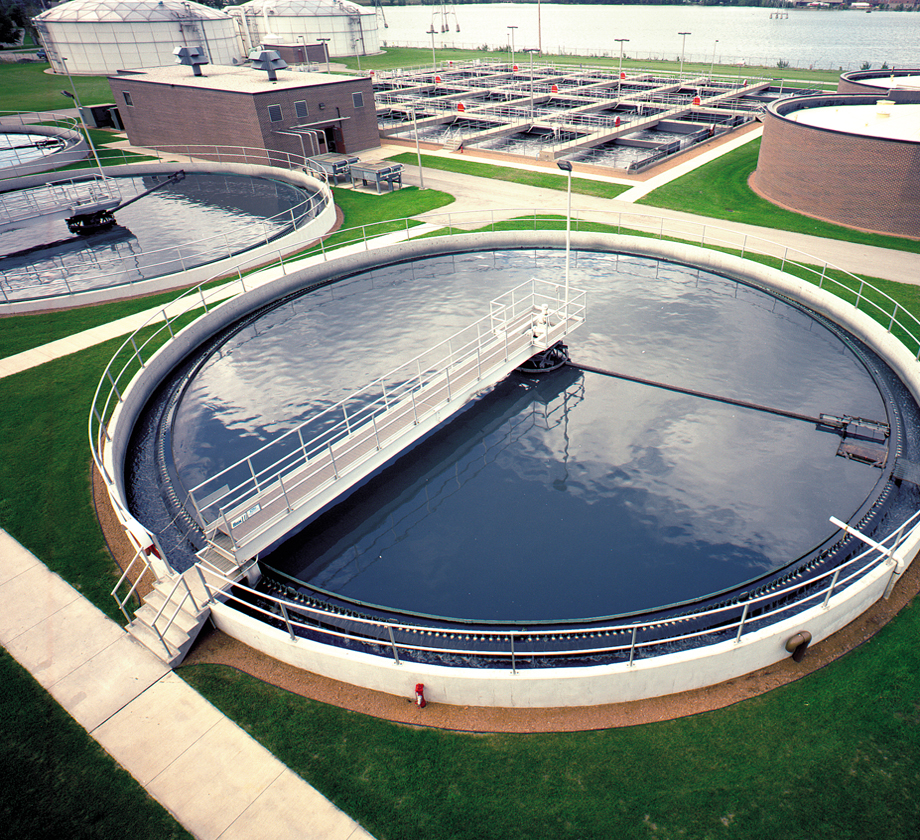
Which Type of Clarification System is Right for Your Plant?
- Circular clarifiers come in several forms including segmented rake, spiral scraper, and hydraulic removal type. Selection is based on application and treatment goals.
- Rectangular Chain and Scraper clarifier systems are available in 3-shaft and 4-shaft configurations, and a variety of chain types including molded, filament wound, and stainless steel. Selection is based on basin length and solids loading.
- Ballasted clarification with either circular or rectangular clarifiers dramatically increases treatment capacity, helping meet ENR limits and producing effluent quality far superior than conventional alternatives, and at lower life-cycle cost.

